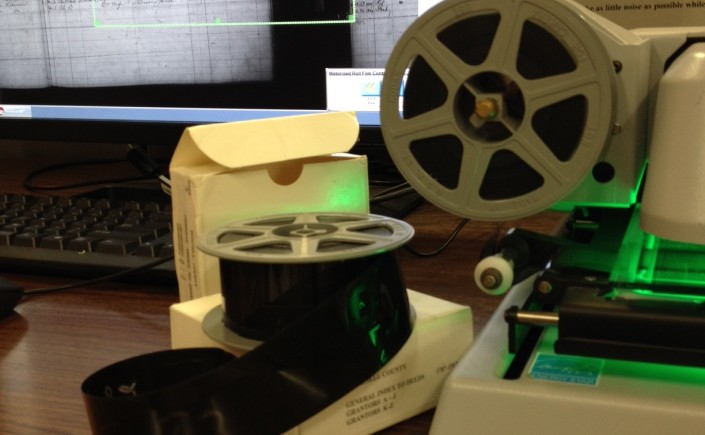Genealogy is a hobby, a science, and an addiction! Many desire to know the length and breadth of their family trees, the intertwining branches with other families, and the distant celebrity and famous (or infamous) relations. Some search for prestige, while others are just curious about their roots.
I have been an addict to genealogy since the age of 13. I could quickly trace my mom’s side back to my great-great-great-grandparents and beyond. Her family had been in my hometown since the 1820s. My dad’s side had a lot of brick walls. Over the last 30 years, I have broken down some of those brick walls, proven some interesting facts about the ancestors, and dispelled some family myths.
In a world of technology, one often expects answers instantly at his or her fingertips on a laptop or a smartphone. Although many records have been digitized and offered to the public through websites such as Ancestry.com and Familysearch.org, these are only a fraction of the written records still housed in repositories around the world. Familysearch.org recently observed the digitization of its one-billionth page of records already filmed by the Church of Jesus Christ-Latter Day Saints.
Published sources and family legends are not infallible. True family research must take you to original records.
Recently I have been doing extensive research into the colonial and early records of Henrico County, Virginia. The amount of research I have conducted would require an extensive vacation on site—a luxury I don’t have. The Library of Virginia (Richmond) holds microfilmed copies of all records from Virginia counties. Some of these are available online at the Virginia Memory Project. Others are available for viewing at the library or through Inter Library Loan (ILL).
I have spent the last year ordering microfilm reels from Richmond and then viewing them on a reader at my local library, the Lawrence Public Library in Lawrenceville, IL. Some libraries will mail the films for free to other libraries as part of the InterLibrary Loan system. Some, like the LDS, require a fee. The records I have read and copied have rewritten the history of my great-great-grandmother’s Cornett family. These are records from the mid-1700s to the late 1800s—most of these have not published in any format, are not available online, and, in the case of the Cornetts, have never been consulted for proper genealogical research. The librarians at Lawrence Public Library have always been helpful.
By all means, utilize the resources found online, but realize a difference between an image of an actual document vs an image of a published version or transcription. Beware of online family trees—anyone can say anything on the internet; online trees require no certificate of authenticity, and many are just copies of copies of someone else’s improper and unsourced work.
To perform good research, find time to check the original sources at the local courthouse, library or archives. If you can’t research in person, write a letter or order microfilm if available. The Inter Library Loan service has been invaluable to my research, and has saved me large traveling expenses. Order from one library, then view records locally at a library with a microfilm reader. This will turn you from a casual family historian into a true genealogical detective.
